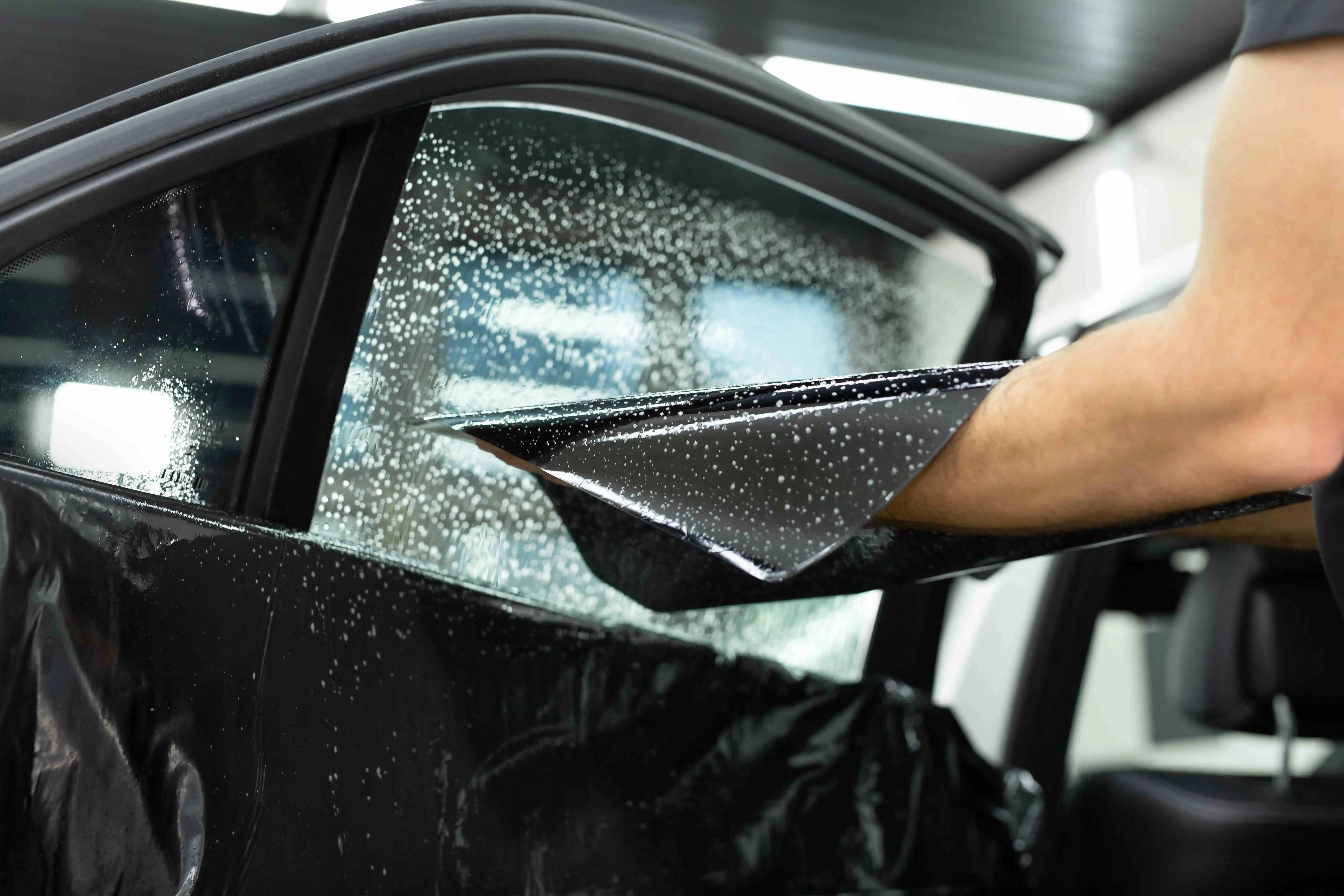Exactly How Auto Window Tinting Maintains Your Car Cool in Heat
Exactly How Auto Window Tinting Maintains Your Car Cool in Heat
Blog Article
Home Window Tinting Regulations and Guidelines: What You Need to Know Before Tinting Your Auto
Prior to proceeding with home window tinting for your vehicle, it is essential to familiarize yourself with the diverse regulations and guidelines that control this technique across various states. These policies determine the acceptable levels of color darkness, usually determined by visible light transmission (VLT) percents, and consist of particular stipulations for front windshields aimed at making certain road security.
Summary of Home Window Tinting Laws
Home window tinting laws are regularly subject to variation across different jurisdictions, mirroring neighborhood policies and security factors to consider. These regulations dictate the allowable levels of color darkness and reflectiveness on automobile home windows, guaranteeing that vehicle drivers keep sufficient exposure while likewise shielding against harmful UV rays and warm.
The majority of guidelines identify window tinting based upon the Visible Light Transmission (VLT) portion, which suggests the amount of light that can pass with the window. Usually, lower VLT percentages represent darker tints. Legislations typically differentiate between the front, side, and rear home windows, with more stringent restrictions related to the front windshield to boost safety and security for both the chauffeur and other road individuals.
Compliance with home window tinting guidelines is essential, as offenses can result in penalties, compulsory removal of the tint, and possible increases in insurance coverage premiums. It is crucial for vehicle owners to acquaint themselves with neighborhood laws prior to continuing with home window tinting setups.
State-by-State Tint Laws
Understanding the specific home window tinting regulations in each state is important for vehicle owners looking for to conform with the law. Each state in the U.S. has established its very own set of guidelines regulating home window tinting, which can differ substantially. These regulations often determine the allowed levels of color darkness, the kinds of home windows that can be tinted, and any medical exceptions that may use.
For example, states like The golden state have strict constraints on tint darkness for front windows, while others, such as New Mexico, might enable darker tints. In addition, particular states mandate certain exposure percents for various home windows, consisting of the windshield, front side windows, and rear home windows. It is crucial for auto proprietors to familiarize themselves with their state's regulations to prevent potential fines or penalties.
In addition, some states might require an accreditation sticker to be positioned on tinted windows, showing conformity with state regulations. Failure to follow these regulations not only risks legal consequences but can additionally impact security and presence while driving. Car proprietors need to carry out comprehensive study or seek advice from local authorities to make certain full understanding and conformity with state-by-state tint guidelines.
Allowed Tint Kinds and degrees
Lots of lorry owners might be amazed to find out that allowed color levels and types differ commonly throughout different states. Each state has established its very own guidelines regarding the permissible darkness and reflectivity of home window color, typically measured by Visible Light Transmission (VLT) percents. VLT describes the amount of light that can go through the colored windows; thus, a lower percentage suggests a darker color.

Furthermore, the kinds of tint materials allowed can differ, with some states restricting metal or mirror-like coatings. It is vital for vehicle proprietors to familiarize themselves with their state's particular regulations to make sure conformity. Non-compliance can lead to fines, obligatory removal of the tint, or other legal repercussions, making it imperative to understand these guidelines prior to proceeding with installation.
Medical Exemptions for Tinting
While not all states supply allocations for medical exemptions regarding home window tinting, those that do recognize the need for details people click here for more to improve visibility and comfort because of clinical problems. Numerous clinical problems, such as lupus, skin cancer, and certain eye problems, can provide people particularly sensitive to sunlight. As a result, these people may call for darker colors to safeguard themselves from dangerous UV rays and glow.

It is essential to keep in mind that even with a clinical exception, there may still be constraints on the degree of tint enabled. Compliance with state legislations makes sure that individuals are both safeguarded and within legal restrictions. Those thinking about medical exemptions should contact their neighborhood Division of Electric motor Automobiles or equal authority to comprehend the demands and treatments needed to look for an exception efficiently.
Charges for Non-Compliance
Failing to comply with window tinting regulations can bring about substantial fines, which differ by state. Police are empowered to issue citations for vehicles that do not follow the specified tinting laws. These penalties normally include penalties, which can vary from small total up to numerous hundred dollars, relying on the extent of the offense and the state concerned.
In some jurisdictions, duplicated offenses may cause escalating penalties or additional charges, such as required court looks. Furthermore, non-compliance might demand the elimination of illegal tinting, typically at the owner's expenditure. In extreme instances, habitual culprits may face suspension of their lorry registration up until conformity is accomplished.
In addition, insurance effects may emerge from getting numerous citations for window tint offenses. Insurers might view such violations as a sign of riskier behavior, potentially resulting in enhanced costs or problem in protection.
To stay clear of these fines, it is important for vehicle proprietors to acquaint themselves with their local window tinting laws and ensure that their lorry complies (Window Tinting). This positive approach not just more helpful hints stays clear of legal implications but additionally advertises roadway security
Verdict

Many policies identify window tinting based on the Visible Light Transmission (VLT) portion, which suggests the amount of light that can pass with the window. Conformity with window tinting guidelines is crucial, as violations can result in penalties, compulsory removal of the tint, and prospective increases in insurance premiums.Comprehending the particular window tinting laws in each state is crucial for lorry owners seeking to abide with the law. These policies frequently determine the permitted degrees of tint darkness, the kinds of windows that can be tinted, and any medical exemptions that may use.
For circumstances, states like The golden state have stringent restrictions on color darkness for front home windows, while others, such as New Mexico, may permit darker colors.
Report this page